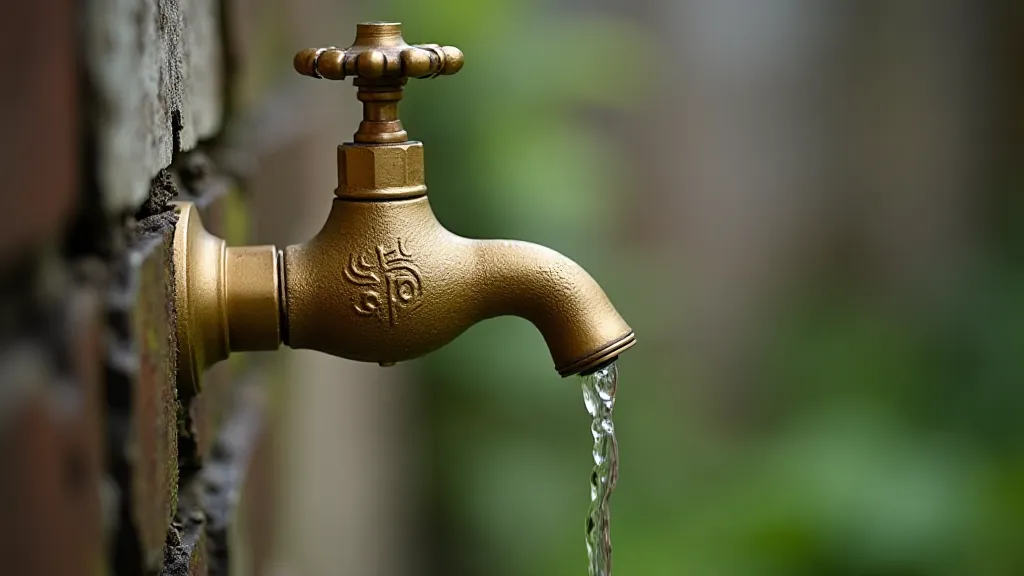The Aqueous Dance: Irrigation Strategies for Watermelon Perfection
There's a particular resonance one finds in antique accordions. Beyond the visible keys and bellows, there's a story—a history of hands, of melodies carried across generations, of craftsmanship honed over decades. It’s a tangible connection to the past, much like the heirloom watermelons we cultivate. They aren't mere fruit; they are living links to a time when seeds were cherished, saved, and passed down, preserving flavors and genetics that have been lost to modern agriculture. Just as the delicate reeds of an accordion require careful maintenance and understanding, heirloom watermelons demand a meticulous approach – and that begins with water.
My grandfather, a man of few words but immense skill, used to say that gardening was an act of listening. He listened to the soil, the wind, the plants themselves. He never used a watering timer. Instead, he’s carefully gauge the needs of his crops by sight and feel. He taught me that watering isn't just about delivering moisture; it's about orchestrating a complex dance – an aqueous dance – where the plant's needs harmonize with the environment. Watermelon, in particular, is a demanding dancer, requiring a carefully controlled moisture level that can be surprisingly tricky to achieve. Understanding the history and varieties of heirloom watermelons—like exploring “Crimson Echoes: Unearthing the History of Forgotten Watermelon Varieties”—can also inform your irrigation practices.

The Unique Challenges of Watering Heirloom Watermelons
Heirloom watermelons, unlike their modern counterparts, haven’s been bred for drought tolerance or uniform water uptake. Their genetics often reflect a time when rainfall was more predictable, and soil moisture retention was paramount. This means they can be more sensitive to both overwatering and underwatering. Too much water leads to root rot, fungal diseases, and diluted flavors. Too little, and you're left with small, misshapen fruit and stunted growth. It’s a delicate balance that requires observation and adaptability. The effort you put into understanding their needs, and incorporating them into your landscape – a practice explored in "Watermelon's Tapestry: Integrating Heirloom Varieties into Landscape Design"—will be rewarded with exceptional results.
Furthermore, the size of heirloom watermelons is often substantial. A Georgia Rattlesnake, for example, or a Missouri Giant, can easily reach 20-30 pounds. These behemoths need a consistent and ample supply of water, especially during the fruiting stage. But simply dumping water on them isn’t the solution. The key lies in delivering that water directly to the root zone, mimicking a slow and steady natural rainfall.
Irrigation Methods: A Choreography of Moisture
Let’s explore different watering strategies, each with its own advantages and disadvantages, each a different step in our aqueous dance.
Drip Irrigation: The Master’s Touch
For the serious heirloom watermelon grower, drip irrigation is the gold standard. It delivers water directly to the root zone, minimizing water loss through evaporation and reducing the risk of foliage diseases. The slow, steady drip allows the soil to absorb the moisture evenly, preventing surface runoff and promoting deep root growth. This method also allows for fertilization through the water, which is incredibly efficient.
Setting up a drip system can seem daunting initially, but there are numerous affordable kits available. Consider using pressure regulators to ensure consistent water delivery, especially if you have fluctuating water pressure. The spacing of the emitters is crucial; research the specific needs of your chosen heirloom variety to ensure optimal coverage. A well-designed drip system is an investment that pays off in increased yields, healthier plants, and less work.
Soaker Hoses: A Gentle Embrace
Soaker hoses offer a slightly less precise but still effective alternative to drip irrigation. They release water slowly along their entire length, providing a broader area of moisture coverage. They are generally more affordable and easier to set up than drip systems, making them a good option for smaller gardens or those on a tighter budget.
However, soaker hoses can be less efficient than drip systems, as some water may be lost through evaporation or runoff. It's important to bury them slightly under the soil to minimize these losses. Like drip irrigation, soaker hoses work best when the water is delivered slowly and consistently.

Hand-Watering: The Personal Connection
While the least efficient in terms of time and water usage, hand-watering can be a remarkably rewarding experience. It allows you to intimately connect with your plants, observe their needs in real-time, and make adjustments as needed. It’s a practice that fosters a deeper understanding of the subtle language of the garden. Being observant of your plants' needs and appearance—recognizing “The Silent Language of Leaves: Diagnosing Watermelon Health Through Foliage”—is a key component of successful hand-watering.
When hand-watering, focus on saturating the soil around the root zone, rather than sprinkling the foliage. Water deeply and less frequently, encouraging deep root growth. Early morning watering is generally best, as it allows the foliage to dry before nightfall, reducing the risk of fungal diseases. It also requires a keen eye for detail. Watch for signs of wilting or discoloration, which can indicate either overwatering or underwatering.
Watering Schedule: A Living Guideline
There's no one-size-fits-all watering schedule for heirloom watermelons. The frequency and amount of water needed will depend on a variety of factors, including soil type, climate, and the stage of growth. Here's a general guideline:
- Seedling Stage: Keep the soil consistently moist but not soggy.
- Vegetative Stage: Water deeply 2-3 times per week.
- Flowering Stage: Water more frequently, especially during hot weather.
- Fruiting Stage: Water deeply 2-3 times per week, or even daily during extreme heat.
Always check the soil moisture before watering. A simple test is to stick your finger about two inches into the soil. If it feels dry, it’s time to water. If it feels moist, wait a day or two and check again.
The Symphony of Moisture: A Restorative Echo
Just as an antique accordion requires careful cleaning and tuning to reveal its true beauty, heirloom watermelons flourish under attentive care. Mastering the aqueous dance – the deliberate and mindful delivery of water – is a crucial element of that care. It’s not simply about providing moisture; it's about orchestrating a harmonious relationship between plant, soil, and environment. It's about listening to the subtle cues of the garden and responding with an understanding heart and a steady hand. The result? Watermelons bursting with flavor, a testament to the power of tradition, and a connection to the past that resonates deeply within. It's also worth exploring how sunlight impacts their sweetness – a fascinating topic explored in "The Verdant Alchemy: Transmuting Sunlight into Watermelon Sweetness."






